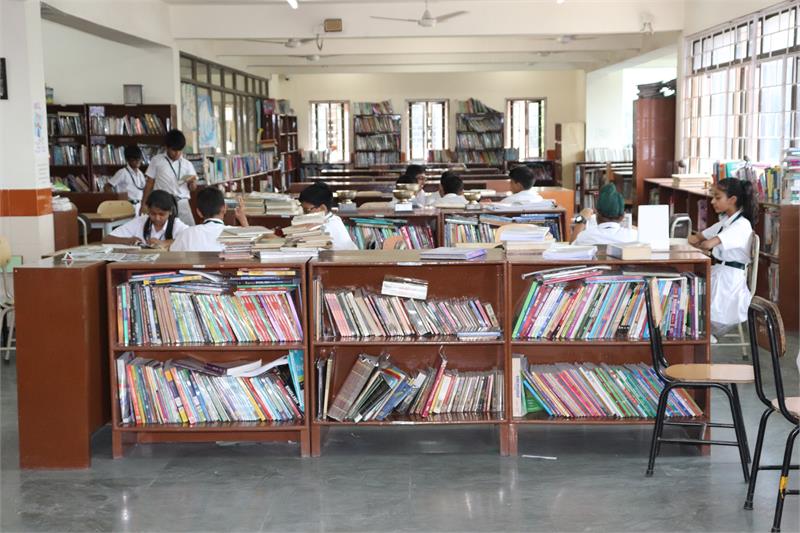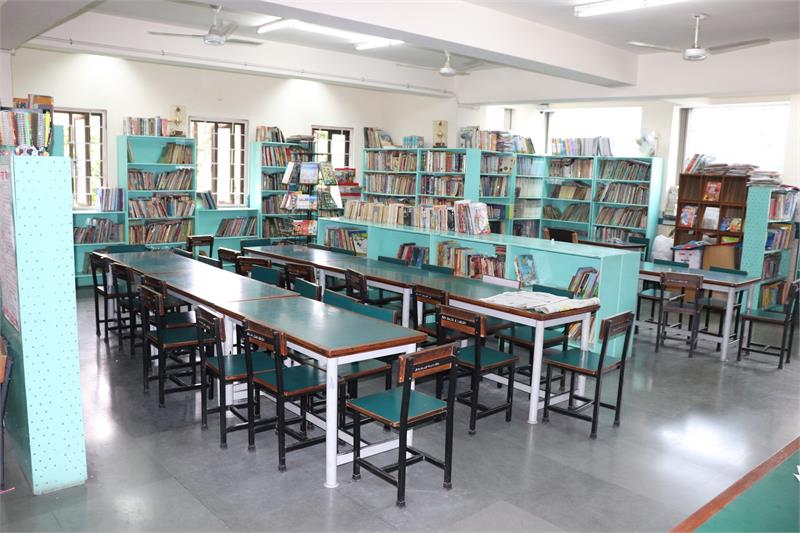LIBRARIES:



“The real purpose of books is to train the mind into doing its own thinking.”
At Delhi Public School, Dwarka, the library serves as a vibrant learning hub that fosters curiosity, creativity, and critical thinking. Students experience the joy of reading through a variety of engaging activities conducted throughout the year. With an extensive collection of resources and thoughtfully curated programmes, the Primary and Senior Wing libraries aim to empower students to become informed, reflective and responsible learners.
❖ Infrastructure & Furniture :
- Senior Library:
- Size: 278 sqm
- Seating Capacity: 90 students
- Features a separate reading area for teachers and students of Classes X and XII.
- Junior Library:
- Size: 75 sqm
- Seating Capacity: 50 students
- Includes a dedicated reading space for teachers.
- Both libraries have designated spaces for group activities, projects, and self-study, as well as separate zones for reference books and periodical displays.
❖ ICT Facilities :
- Senior Wing: Three desktop computers with internet access and a printer.
- Junior Wing: One desktop computer with internet access and a printer.
❖ Library Resources :
- The Senior Library houses approximately 21,880 books, and the Junior Library contains 14,614 books.
- A wide selection of magazines, periodicals, and newspapers stimulates imagination and vision:
- Senior Library: 15 magazines and 6 newspapers (4 English, 2 Hindi).
- Junior Library: 9 magazines and 3 newspapers (2 English, 1 Hindi).
- Maps, atlases, globes, and charts are available as instructional aids.
- Portraits and posters of renowned personalities and authors are displayed to inspire learners.
❖ Operations :
- Both libraries operate on an open-access system for ease of use.
- An automated library management system is implemented, including an Accession Register.
- Circulation and reference services are offered through computers, improving accessibility for students and teachers.
❖ Activities :
- Book fairs.
- Author meet-and-greets.
- Workshops.
- Storytelling sessions.
- Literary activities scheduled as per the school calendar.
- Special Reading Initiatives to instil reading habits:
- “Each One Read One”
- DEAR (Drop Everything And Read)
- Summary Writing
- Book Reviews
- Autobiographies
- Designing Book Covers
- Poster Making
- Bookmark Making